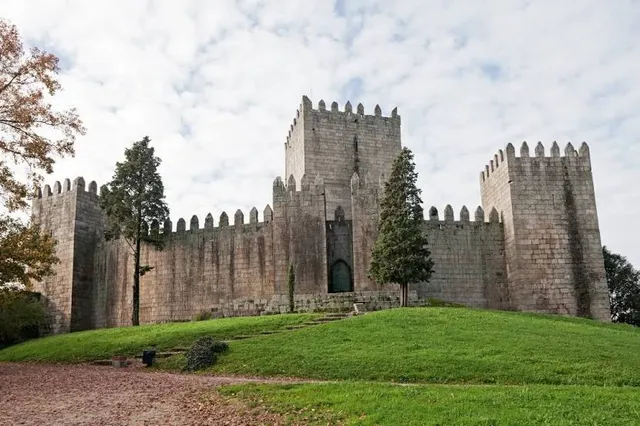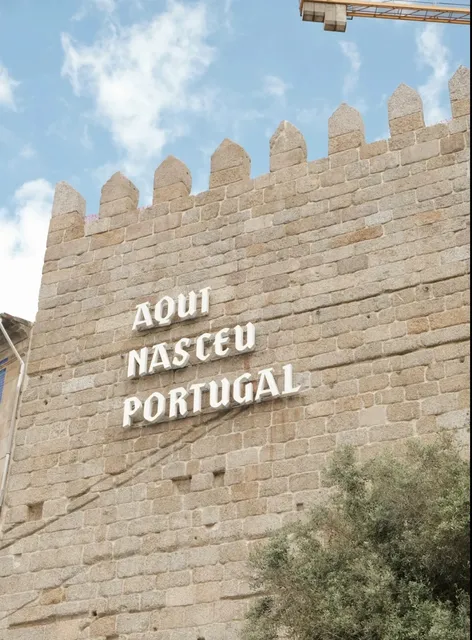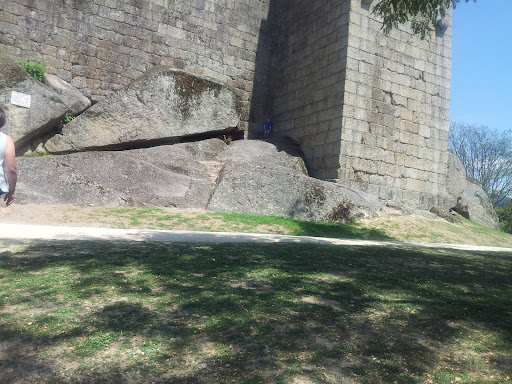Guimarães Castle things to do, attractions, restaurants, events info and trip planning
Basic Info
Guimarães Castle
R. Conde Dom Henrique, 4800-412 Guimarães, Portugal
4.5(12.4K)
Open 24 hours
Save
spot
spot
Ratings & Description
Info
The Castle of Guimarães, is the principal medieval castle in the municipality Guimarães, in the northern region of Portugal. It was built under the orders of Mumadona Dias in the 10th century to defend the monastery from attacks by Moors and Norsemen.
Cultural
Outdoor
Family friendly
attractions: Palace Duques de Bragança, Igreja de São Miguel do Castelo, Campo de São Mamede, Parque do Castelo e Paço dos Duques de Bragança, Igreja de São Dâmaso, Guimarães Historical City Centre, Estátua da Condessa Mumadona Dias, Jardim do Carmo, Igreja de Nossa Senhora da Oliveira, Padrão do Salado, restaurants: Cor de Tangerina, Cristo Rei, Restaurante Castelo, Pinguim - Prato do dia, Résvés, Restaurante Solar do Arco, Castelo Restaurant, Restaurante Virtudes, IMPÉRIO SUSHI, Cozinha Regional Santiago
 Learn more insights from Wanderboat AI.
Learn more insights from Wanderboat AI.Phone
+351 253 412 273
Website
pacodosduques.gov.pt
Plan your stay

Pet-friendly Hotels in Guimarães
Find a cozy hotel nearby and make it a full experience.

Affordable Hotels in Guimarães
Find a cozy hotel nearby and make it a full experience.

The Coolest Hotels You Haven't Heard Of (Yet)
Find a cozy hotel nearby and make it a full experience.

Trending Stays Worth the Hype in Guimarães
Find a cozy hotel nearby and make it a full experience.
Reviews
Nearby attractions of Guimarães Castle
Palace Duques de Bragança
Igreja de São Miguel do Castelo
Campo de São Mamede
Parque do Castelo e Paço dos Duques de Bragança
Igreja de São Dâmaso
Guimarães Historical City Centre
Estátua da Condessa Mumadona Dias
Jardim do Carmo
Igreja de Nossa Senhora da Oliveira
Padrão do Salado
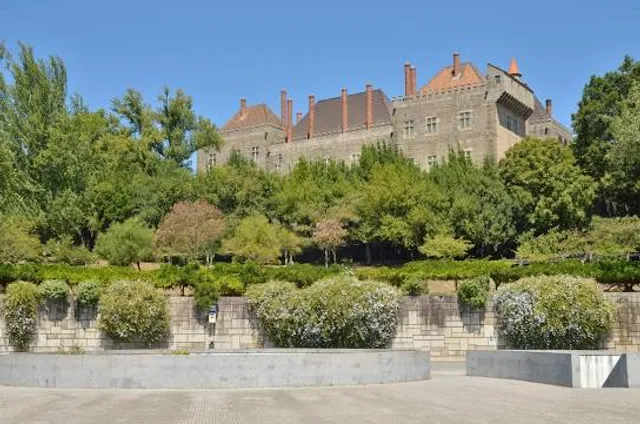
Palace Duques de Bragança
4.6
(2.7K)
Open 24 hours
Click for details
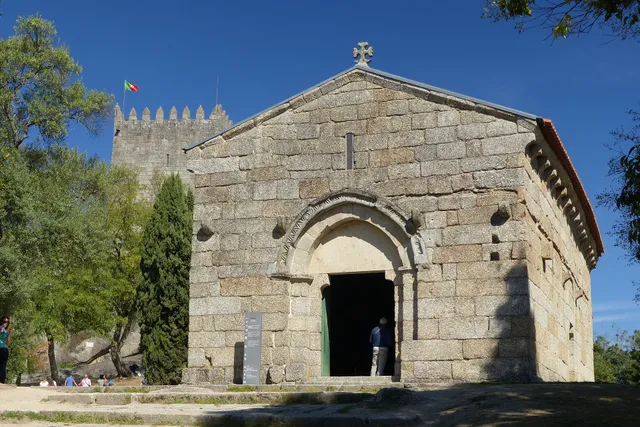
Igreja de São Miguel do Castelo
4.3
(231)
Open 24 hours
Click for details
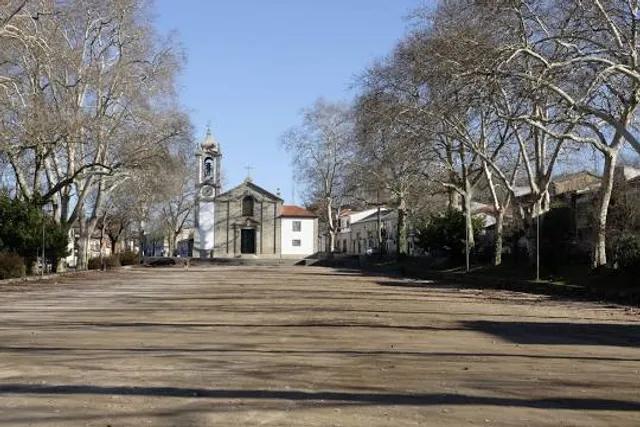
Campo de São Mamede
4.5
(194)
Open 24 hours
Click for details
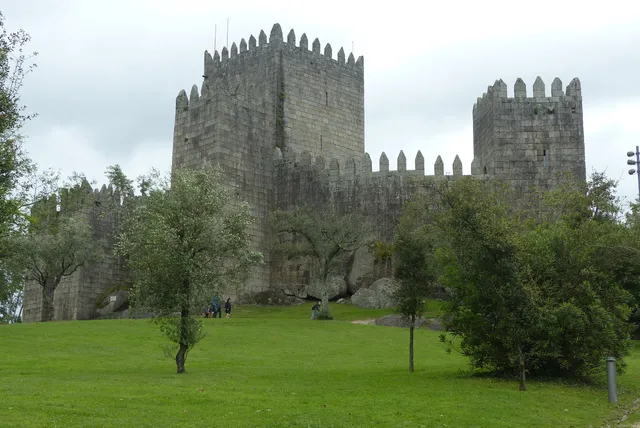
Parque do Castelo e Paço dos Duques de Bragança
4.9
(17)
Open 24 hours
Click for details
Things to do nearby

Taste Vinho Verde and Snacks
Thu, Jan 1 • 10:30 AM
4620, Lousada, Portugal
View details
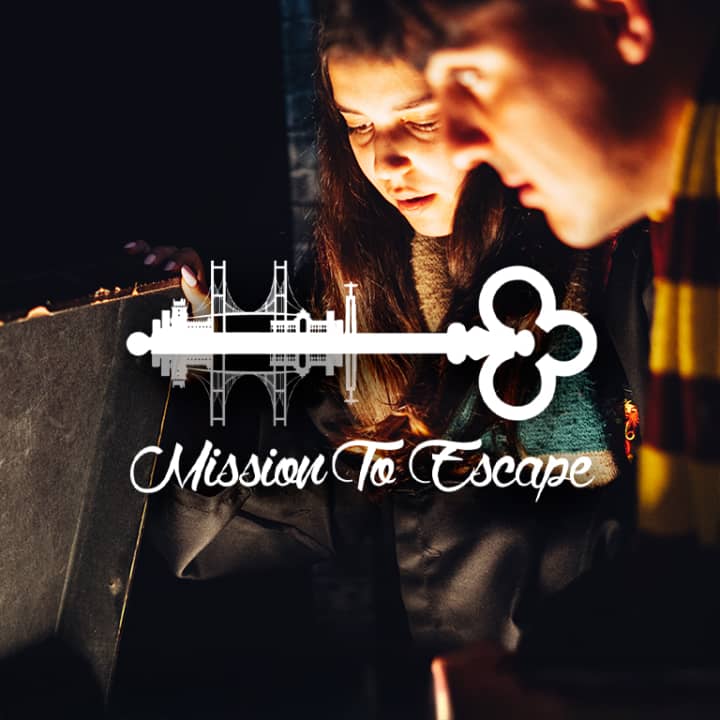
Mission To Escape - Porto
Mon, Dec 29 • 11:00 AM
Rua Joaquim Araújo 62A, Penafiel, 4560-480
View details
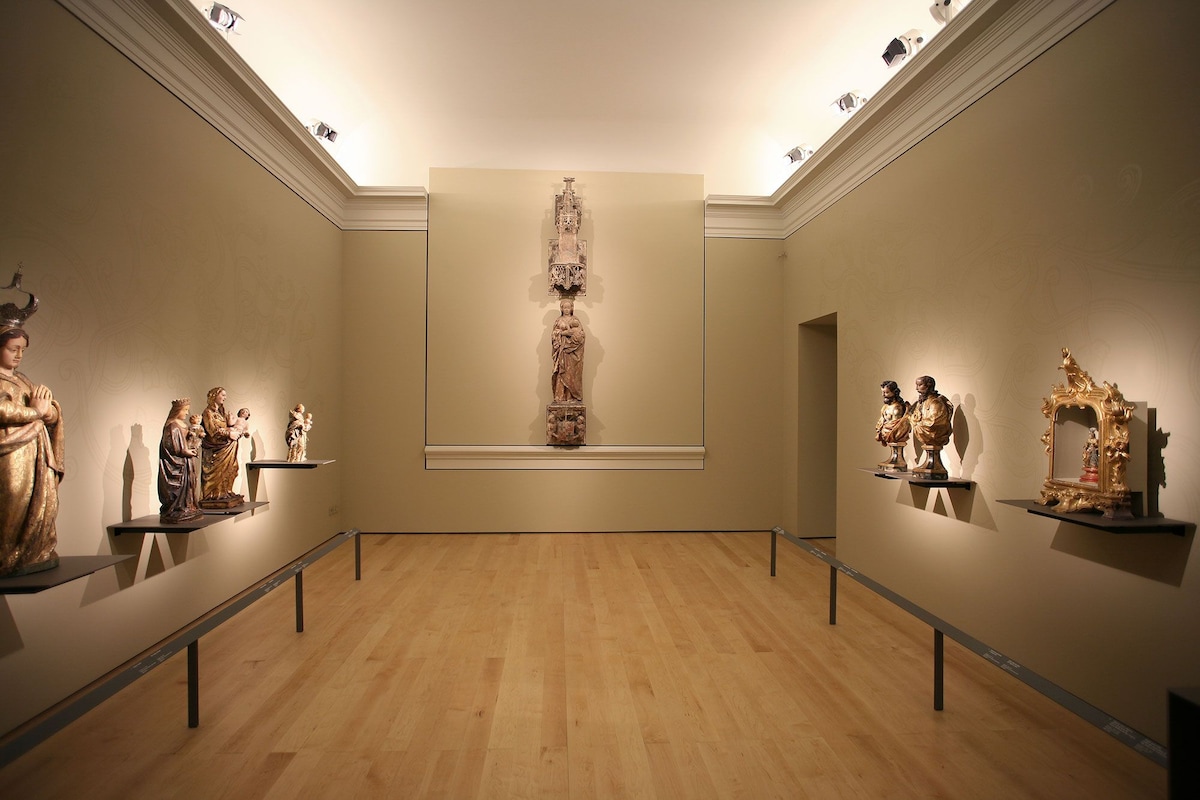
The Braga Experience: Guided Tour w/entry tickets
Sat, Jan 3 • 2:00 PM
4700-424, Braga, Portugal
View details
Nearby restaurants of Guimarães Castle
Cor de Tangerina
Cristo Rei
Restaurante Castelo
Pinguim - Prato do dia
Résvés
Restaurante Solar do Arco
Castelo Restaurant
Restaurante Virtudes
IMPÉRIO SUSHI
Cozinha Regional Santiago
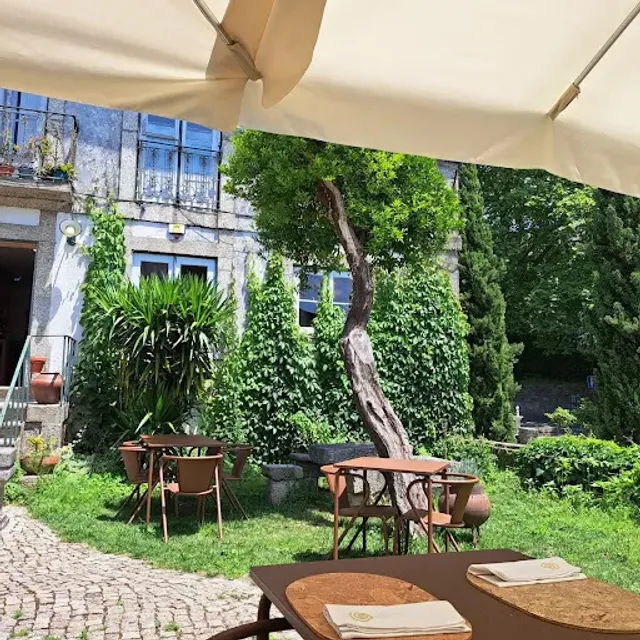
Cor de Tangerina
4.5
(450)
$$
Click for details
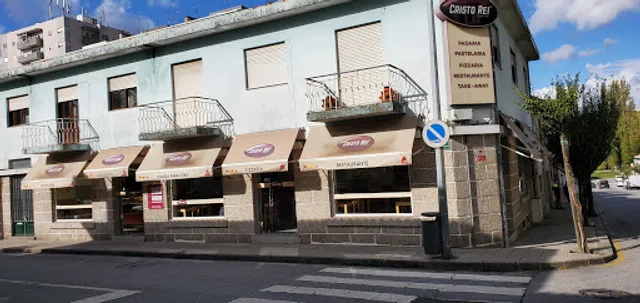
Cristo Rei
4.0
(328)
Click for details
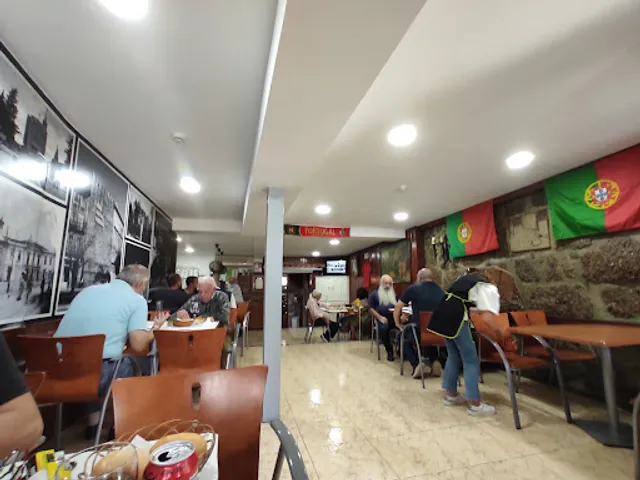
Restaurante Castelo
4.3
(224)
$
Click for details
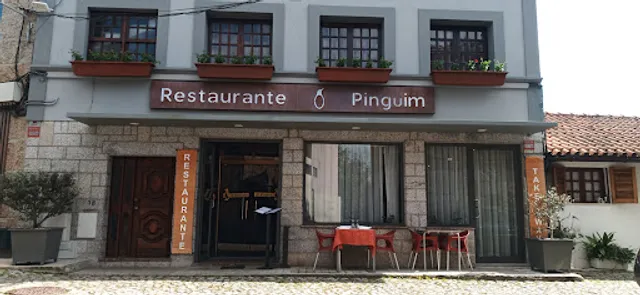
Pinguim - Prato do dia
4.5
(500)
Click for details
